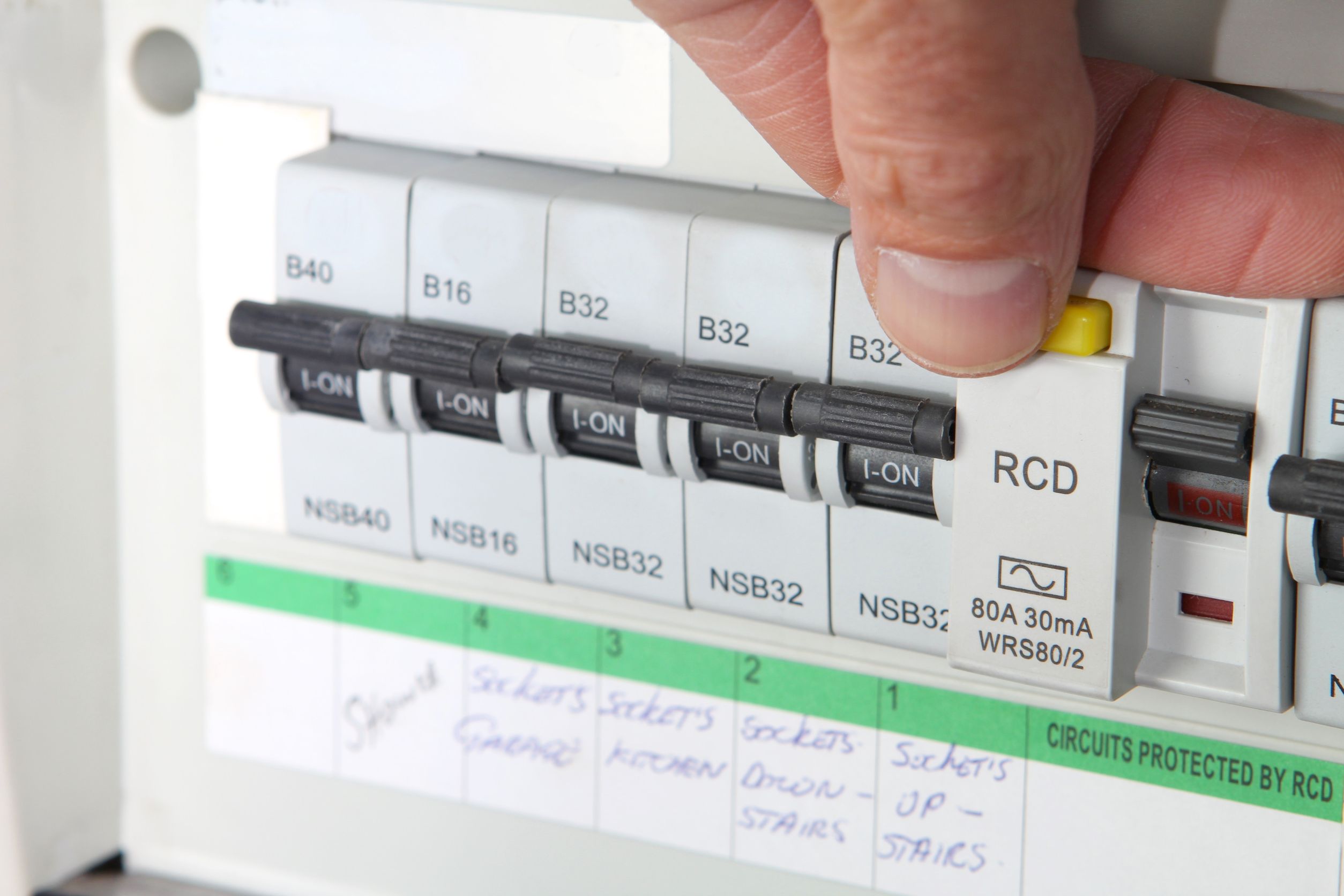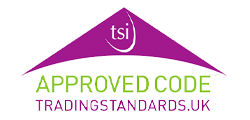Mandatory Electrical Checks To Be Applicable To All Residential Tenancies In The UK

Whilst it has always been the responsibility of the landlord to ensure their properties are safe for tenants before they move in, the exact responsibilities for landlords regarding electrical safety have been somewhat vague due to no specific requirement for an EICR, unlike the very clear requirement for a Gas Safety Certificate (CP12) to certify the safety of the gas supply, and installation of gas appliances in a residential property.
We always make a point of making a visual inspection of the consumer unit at the point of bringing a property to market, and will make the landlord aware of any potential defects or safety concerns to avoid any potential problems. Having said that, it is always best to consult a qualified electrical engineer unless you already have an EICR in place or have recently replaced your consumer unit.
There are currently no details available as to when the new regulations are in place, but landlords are still very much responsible for the safety of their tenants and their properties.
Here are a list of things that you can do to check the electrical safety of your property. Please note that this is not a comprehensive check list and should only be used to help identify any potential safety issues. If you have any concerns about the safety of your property you should contact a qualified electrical engineer to attend your property as soon as possible:
- Ensure no flammable or combustible materials are being stored on or around the fusebox. As most fuseboxes are located in a cupboard, usually under stairs, and can often become quite cluttered, things like old newspapers, spare paint, coats, and cleaning products should be kept well away and stored elsewhere if possible.
- Test your consumer unit. All RCD’s should have a test or “T” button, press this to ensure that the trip mechanism is working correctly.
-
Check the condition of housing/covers. If the cover or housing of your consumer unit is damaged or loose, this will increase the risk of shock or a fire.
- Sockets, lights and switches are securely fixed and in good condition. If you find a cracked wall socket or light switch, have these replaced by a qualified electrician.
- Look for signs of overheating. If you can see blackening or scorch marks on any sockets or light fittings, this is a clear sign of overheating and should be addressed immediately.
- Cabling protected from excessive wear. If you have any cabling running through doorways or under flooring that receives a high amount of traffic, make sure it is correctly insulated and protected to avoid damage.
- Check current use of sockets. If adaptors are linked to other adaptors and sockets are being overloaded, this is a sure fire way to cause overheating. There is nothing wrong with you advising tenants of this safety issue, and if you are supplying appliances to your tenant make sure they are plugged in correctly and have been tested prior to occupation (PAT test).
- Product recall. Where you are supplying electrical appliances, make sure they are not subject to a product recall as they are your responsibility. You can visit electricalsafetyfirst.org.uk/recall to check the appliances in your property.
- Covers and Casings. Make sure that any casings or housing for appliances are intact and in good condition as damage or excessive wear could lead to a shock or fire risk.
- Cables and plugs. Ensure that these are in good condition and show no signs of deterioration, especially if you notice any blackening or scorch marks.
Additional Safety Checks
- Smoke alarm sounds when test button is pressed.
- Carbon monoxide alarm sounds when test button is pressed.
This interim checklist was sourced from electricalsafetyfirst.org, a UK charity dedicated to reducing deaths and injuries caused by electrical accidents.
Related Articles
Want to know how much your property is worth?
Elevating the Elmbridge property market
Visit us in Molesey
East Molesey
Surrey
KT8 9ER
VISIT US IN ESHER
Claygate
Esher
Surrey
KT10 0PD



